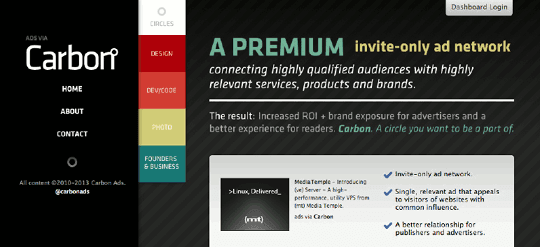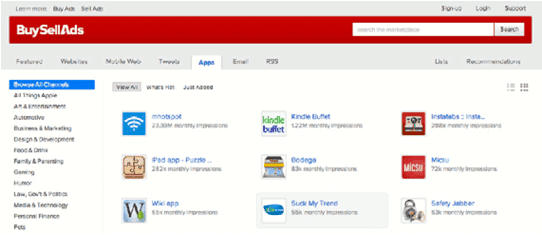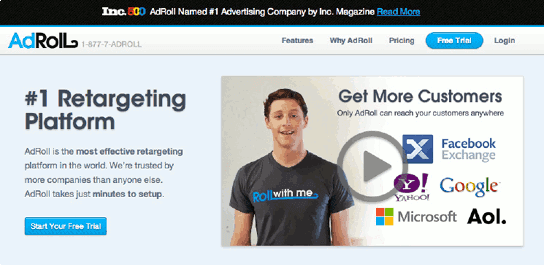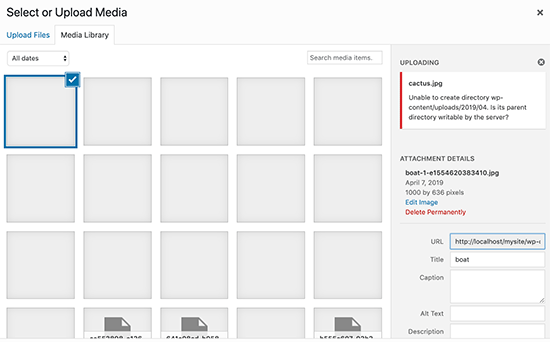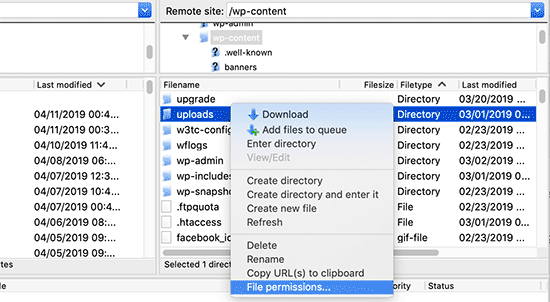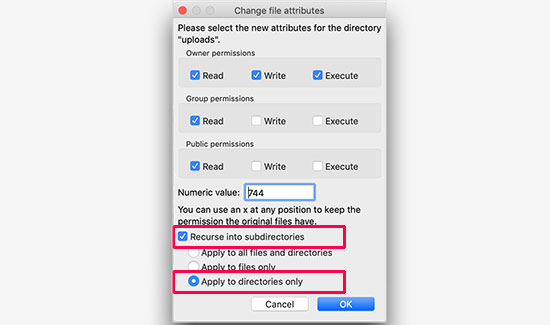Human-to-human connections are the heart and soul of business. At the end of the day, you’re dealing with people — your company is solving problems, alleviating pain points, and providing delightful customer experiences. Revenue is something that happens as a byproduct of a sound business model and a positive customer experience.
Storytelling is a powerful technique for building relationships. It’s an age-old concept that brings people together and keeps them engaged. It doesn’t matter where in the world you’re based or how much funding your startup has.
Good stories give big voices to small ventures. That’s why it’s mission-critical that companies take the time up front to fully develop their approaches to storytelling.
Storytelling and marketing go hand-in-hand. Just think about it. Whether you’re producing infographics, writing copy for a Facebook ad, or writing a free online guide (like this one), you need to capture your audience’s attention.
On a daily basis, consumers (yourself included) face advertising overload. Marketers are constantly competing for their prospects’ and customers’ attention. More likely than not, your brand will be buried under spammy advertising messages.
How can you make your brand stand out? Storytelling.
This guide is an all-inclusive guide that explains why your brand should prioritize storytelling and how your organization should get started. This is not fluffy stuff, either. Storytelling is a powerful and actionable marketing technique. Convinced? Let’s get to it.
What is Brand Storytelling?
Brand storytelling is:
- The reason why your company came to be
- What motivates your team to wake up and come to work everyday
- How your product came to be
- What types of customers find value in working with your brand and why
- A transparent view into the people behind the company
- A relationship-building tool
- More subtle than you realize
- A concept that underscores your entire web presence
- Something that your entire team, at organizational levels, embraces
- A look into who you are as a company
- Direct
Brand storytelling is NOT:
- A long-winded, 5-paragraph essay about your company
- A blog post
- Something isolated
- A fragmented view into your company
- Something reserved for the marketing team only
- A PR stunt
- A viral video
- A tool to manipulate customers and prospects
- Boring
- Artsy
Contrary to popular belief, brand storytelling is not about your company. It’s about your customers and the value that they get when engaging with your product or service. The most powerful brand stories are the ones that prioritize customers as the stars. Think of your company as a supporting character.
It’s a critical component to your overall brand strategy.
Oftentimes, marketers get hung up on this concept. They’re stressed about communicating the perfect message and confused about where this initiative should be housed within your business.
Should you hire a consultant? Should you loop in your company’s EVP of corporate communications? And what if you’re an engineer? Does that mean you’re doomed?
Don’t overthink this process. Storytelling is something that we do naturally. More often than not, we don’t even realize that we’re doing it.
The problem is, online content is difficult to write. Stories become lost in translation. The human interest behind our brands will fall through the cracks.
And you feel stuck — at a loss for words to describe what you do and why you matter to your customers.
So why not let your customers tell your story for you?
That’s what Clarity did. The company provides a marketplace for advice seekers and experts to connect and share business advice. The company recently launched a series of stories from actual customers. If you’re wondering how Clarity can help grow your business, take a lesson from the leaders who actually use it.

It’s not just startups that make use of this powerful approach. Enterprise CRM Salesforce hosts customer success videos on its Pinterest page.

Brand storytelling is more than what you write on your webpage to your customers. It’s more than your blog posts and about pages. It’s how you communicate your messaging. It’s your values. Your brand’s stories are values are infused in every piece of copy, customer service answer,
Okay, so you’re convinced. But what what the heck does it all mean? Storytelling still feels tough. Web copy and advertising messaging are still challenging to write. Here’s what you need to do.
Forget About Marketing
This may sound counterintuitive, but it’s the key to successful marketing. Stop thinking like a marketer. Stop trying to sell your product, and instead, focus on developing human interest. Answer the question of why people should care about what your company has to say.
That means being persuasive and appealing to emotion.
Whatever you do, don’t be boring. Do not let the words on your page hide the personalities behind your organization.
Share more than what you sell. Share your strengths, weaknesses, and how you arrived at where you are today. One way to do this is by participating in the storytelling ecosystem. Just as you’re looking for customer testimonials and case studies, make sure to pay it forward by offering to do case studies for other companies.
Be Conversational
Authenticity is crucial to copywriting. If you’re overly formal or on guard, you’ll lose trust with your audience. And that’s because consumers can sense disingenuous messaging from miles away. From awkward stock photos with fake customers to false promises, empty messaging can only hurt your brand.
Be real instead. Be human.
Pretend that you’re talking to a new friend over drinks or coffee — not giving an academic presentation in 1862. If you talk down your customers and prospects (or show any indication of lack of respect), they’re going to stop listening immediately.
Don’t dwell over whether or not you’re using perfect grammar. You can always hire a copywriter for that. Stop worrying about the occasional misplaced commas. Focus on developing your messaging instead.
Conversational writing also means keeping it short. Write what you want to say. Get it all on paper. Then cut it. And cut it again. Stop trapping yourself into the mentality that you need a minimum word count to convey information effectively.
Write what you feel like writing — with the exception that you can’t let your stories get too long and unwieldy. Too much writing on a blog post or webpage will make your readers feel distracted or lost. Say what you need to say in as few words as possible. There’s no need to try to sound smart. If you build a great product, your customers and prospects will perceive your company as incredibly smart.
Craft Your Message Architecture
Brand storytelling is more subtle than what your company is saying. As we mentioned earlier, the ‘how’ matters just as much. Take a lesson from Pinterest’s lead content strategist, Tiffani Jones Brown. She and her five-person team are responsible for the voice, tone, user interface copy, grammar conventions, and pinner education on the site.
That’s right. It takes five people to get Pinterest’s public-facing messaging just right. This fact may seem surprising, given that some companies have zero resources devoted to getting their messaging just right.
Your company’s message architecture is far from coincidental. It takes careful strategic planning to position your strategic planning.
Don’t expect good stories to appear out of thin air. You need to focus on getting your messaging just right. You need to craft your company’s message architecture to underscore all of your brand communications. Yes, this is a real thing. And it looks a little something like this:

This table represents the steps that Speak2Leads has taken, conceptually, to connect with the company’s core audience — sales team leaders and small business owners who are looking to increase the speed of connecting to new leads. The concept is simple — when you wait too long to connect with an interested prospect, your company risks losing his or her business.
But here’s the problem. When sales teams are too aggressive, they risk driving customers away. That’s why Speak2Leads has positioned its company and product as one that boosts human-to-human connections. Selling is not about annoying your customers and prospects. It’s about being the first to respond and building a superior connection.
Before articulating your company’s brand persona, you need a thorough outline of your message architecture.
So what does that mean?
A message architecture, according to Bloomstein, is a way to transform vague goals into substantive concepts with context and priority. Your company’s message architecture will look a little something like this:

Speak2Leads incorporates these values in all of the company’s written material from help center documentation to email marketing initiatives and blog posts. The goal is to keep communication standard across its entire team and to maintain that consistency as the organization begins to scale. That’s why the company defined its message architecture as early on as possible.
The company’s story as a technology, partnerships, and customer-service minded organization comes through in absolutely everything on the website. Even though the company’s blog and help center, for instance, are managed by two different people — a customer service lead and marketing consultant, the same brand story will always shine through. Speak2Leads is a company that prioritizes human interest and is committed to solving a real problem in sales.
The company’s blog:

The company’s customer-facing knowledge center:

So how do you get started in choosing the keywords to place in your message architecture?
Brand strategists leverage a technique called a card sorting exercise.
- Create a list of keywords relevant to your brand. These could be keywords that you customers have said about your company as well as descriptions chosen by your own employees.
- Transcribe these keywords onto note cards.
- As a group, sort through the note cards to determine which words are most applicable to your band. Separate these words from the rest.
- Go through what’s left and rank the keywords in order of priority to your brand. Which are most relevant and which aren’t?
Assemble these words into sentences that describe your brand.
- Piece together your message architecture.
Is possible, try to get your customers involved in this process. One way is to interview them for customer case studies. What words and expressions are they using to describe your brand? The more interviews and service reviews you conduct, the more patterns you’ll start to see.
Let your customers determine your brand messaging. Let them define the voice behind your company.
Unify Your On-site and Off-site Presence
Your company’s story, message architecture, and brand identity should follow your team members everywhere from on-site blog posts to PR opportunities in major media channels. You need to keep your company’s identity as unified and consistent as possible. As we mentioned earlier, the image you share with the world should be a genuine, authentic, and transparent view into your organization.
Choose Your Words Wisely
What you say is just as important as how you say it. Make sure you’re using the tone, voice, and communication style that your audiences value most.
How do you know what this should be and what words you should choose?
Jump back to chapter 1, where we walk through the art meets science of knowing your audience.
If you’re speaking to an audience of millennials, for instance, they tend to embrace a casual, conversational tone and style — more so than an audience of baby boomers would.
Again, unless you were a college English major (like Ritika was), the concepts of voice, tone, and style are really vague. How the heck do you put it all on paper?
What you need is a styleguide to provide instructions for all of your on-site and off-site brand communications. Get started by completing the following template:
- Website goal: Jot some notes about what your website visitors should hope to accomplish when visiting your website.
- Audience: Who do you expect to be engaging with these specific website sections?
- Core concepts to be reinforced: What do you want your audiences to feel after visiting this section of your website or piece of writing?
- Tone: What emotions should come across after somebody reads this story or section of your website?
- Perspective: Do you want your writers to communicate in the first, second, or third person? Who is telling the story?
- Voice: Should the language be conversational, formal, or somewhere in between?
Your brand styleguide and message architecture can be custom-tailored to any form of multimedia, beyond writing. Whether you’re producing infographics, brand videos, e-books, or blog posts, your plans will ensure that your messaging is consistent across mediums. Writing is only one form of online communication. Make sure that you invest the time in energy in creating structure behind everything that you produce online.
When All Else Fails, Hire Someone to Help You Out
Telling a captivating brand story isn’t a walk in the park – it’s incredibly hard. There’s a reason entire agencies exist to help businesses uncover their brand, visualize it, and share it with the world.
Branding experts bring the know-how and imagination needed to spin a gripping brand story that reels in customers and sparks emotional bonds.
They specialize in getting up close and personal to really understand what makes your business tick. They dive deep into your values, mission, and unique strengths to uncover your unique position in the market. With this insight, they can whip up an authentic, heart-tugging story that showcases your one-of-a-kind identity and gets your audience itching to join the adventure.
Branding agencies are pros at marrying the magic of storytelling with the nitty-gritty of marketing techniques – it really is both an art and a science. They keep an eye on market trends, size up the competition, and get to know your target audience’s likes and dislikes. Then weave that into your brand.
This way, your story clicks with the folks it’s meant to impress.
On top of shaping the narrative, branding agencies apply your brand story into every nook and cranny of your presence. They make sure your message is bold and consistent across the board, from websites and social media to packaging and ads.
Unity like this strengthens your brand story, turning it into a core part of the entire customer experience.
In short, they’re experts at what they do. Letting them take over means you can focus on running your business rather than trying to learn what these folks have perfected over years or decades. If you’re interested, check out our favorite branding agencies to help you get started.
Key Takeways
- Human-to-human connections are the heart of marketing. Brand storytelling is a technique that can reinforce these bonds.
- Stories can give your brand a powerful voice, regardless of whether you’re running an enterprise organization, small business, or startup.
- Storytelling is medium-agnostic. Tell your story through blog posts, customer help centers, about pages, videos, or infographics.
- You need to formalize your brand story to build connections both on and off your site, especially if your company is actively building a PR strategy.
- Storytelling is more than what you say explicitly. It’s how you communicate your message and how you connect with your target audiences.
- Storytelling concepts are vague, abstract, and tough to plan. Rely on card sorting exercises, message architecture maps, and brand styleguides to articulate your strategy and scale it across teams.
- Brand stories are cross-functional commitments that should guide your entire organization. Your sales team, engineers, product managers, executives, and entry-level professionals should all have a hand in articulating your brand’s messaging.
- Who defines your brand? Your customers. Study and truly understand what they’re saying about you. Identify patterns, and hold these concepts as close to your heart as possible.


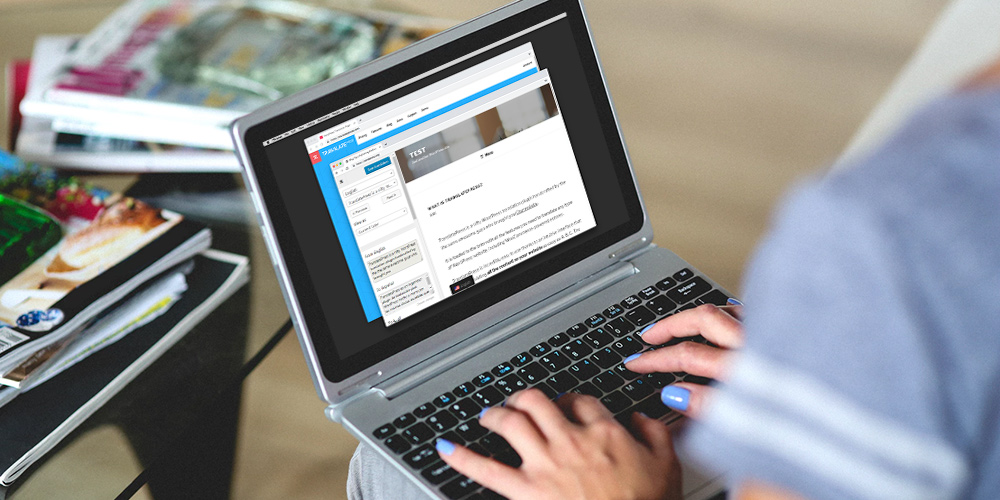 I think you will agree with me when I say creating a multilingual website is no easy task. Especially for a beginner. Which translation plugin do you choose? Do you translate your website manually or automatically? Do you hire a professional translator? Does translating your website affect your SEO rankings? All these (and more) are […]
I think you will agree with me when I say creating a multilingual website is no easy task. Especially for a beginner. Which translation plugin do you choose? Do you translate your website manually or automatically? Do you hire a professional translator? Does translating your website affect your SEO rankings? All these (and more) are […]